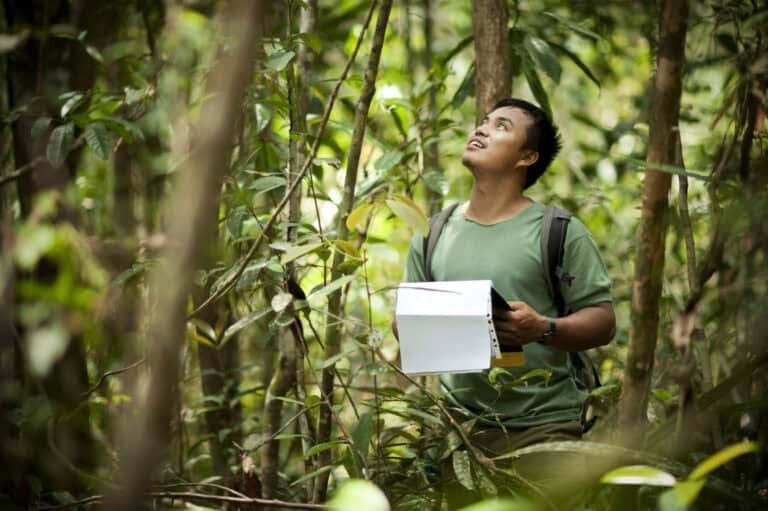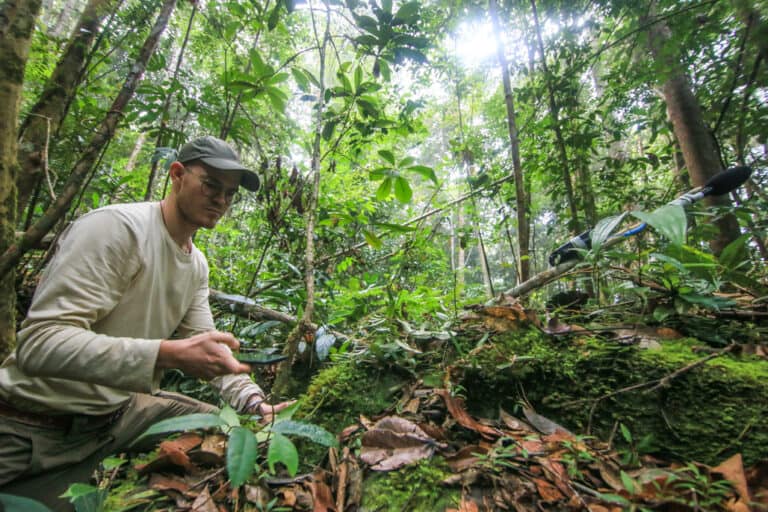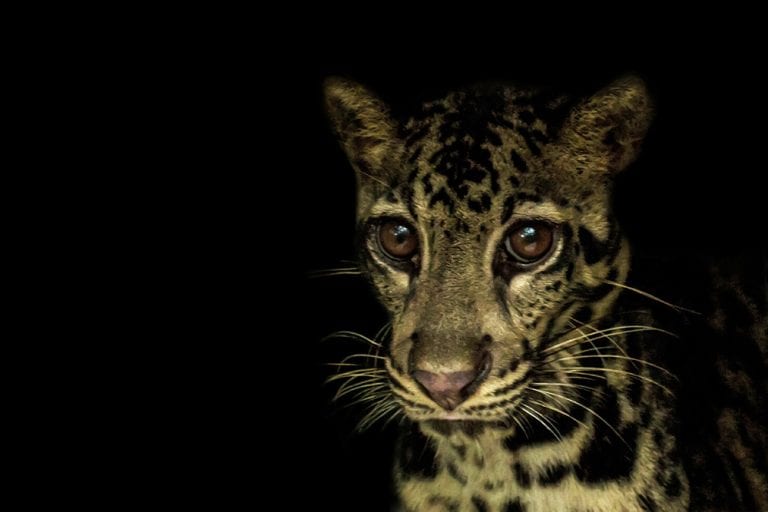I spent a year and a half living and working in Indonesian Borneo as a PhD student with the Borneo Nature Foundation and the University of Leicester. As I explained in the previous blog, I spent this time conducting fish surveys in the Sabangau Forest and River as well as focus groups and interviews in local communities (Kereng Bangkirai located by the predominantly in-tact Sabangau Forest, and Taruna Jaya located in the heavily degraded Mega-Rice Project area). With the interviews, I explored the experiences and challenges that the local communities are facing in terms of the environment and fishing.

Photo by Mathilde Godefroid|BNF|CIMTROP
My PhD is an interdisciplinary thesis that combines the natural science and social science data together to form an understanding of the complexity of the Sabangau ecosystem and how it functions. I specifically use peatland fish and fishing communities as a case study to do so. In a more general note, my thesis considers how interdisciplinary research can support conservation, and how we can also integrate local knowledge and different worldviews and beliefs in conservation research. This will be vital for equitable conservation which I argue is also more likely to succeed in the long-term.
Importantly, the ‘scientific’ knowledge that my thesis presents were dependent on the ‘local’ knowledge of my research assistants and I argue in my thesis how these distinctions between different forms of knowledge break down in the real-world and why this is important. I, therefore, give special thanks and acknowledgement to Dudin who taught me everything I know about identifying local fish species and trapping them, as well as Ahmad, Iwan, Unyil, Kris Yoyo, Karno, and Erna who helped make this project a reality.

Photo by Leslie Hurteau|BNF|CIMTROP
In my thesis, I discuss the issues of the continued use of fire in the Sabangau area, overfishing, and how past conservation management projects and changes in governmental policy impact the system. I also discuss fishing practices in the Sabangau, the importance of fish for food, how people learn how to fish and cultural aspects of fishing (e.g. taboos and spiritual beliefs related to fish and the river).
Drawing from my results, this thesis provides recommendations for future research and management actions to reduce negative impacts on fish and fishers in the area along with recommendations and considerations that will hopefully be useful for future peatland restoration projects.
I finally give thanks to the Rufford Foundation and the International Peatland Society for their vital funding support.
Previous blog posts:
http://outrop.blogspot.co.uk/2016/03/from-river-to-writ-journey-of-fish-phd.html
http://outrop.blogspot.co.uk/2015/04/discovering-fish-of-sabangau-forest-and.html
http://outrop.blogspot.co.uk/2014/06/hello-monday-sara-and-her-fish.html













